SW Navajo and Apache Arch
1/11
There's no tags or description
Looks like no tags are added yet.
Name | Mastery | Learn | Test | Matching | Spaced |
|---|
No study sessions yet.
12 Terms

oldest hogan is conical and supported by forked poles, and surrounded by leaning poles. covered with earth
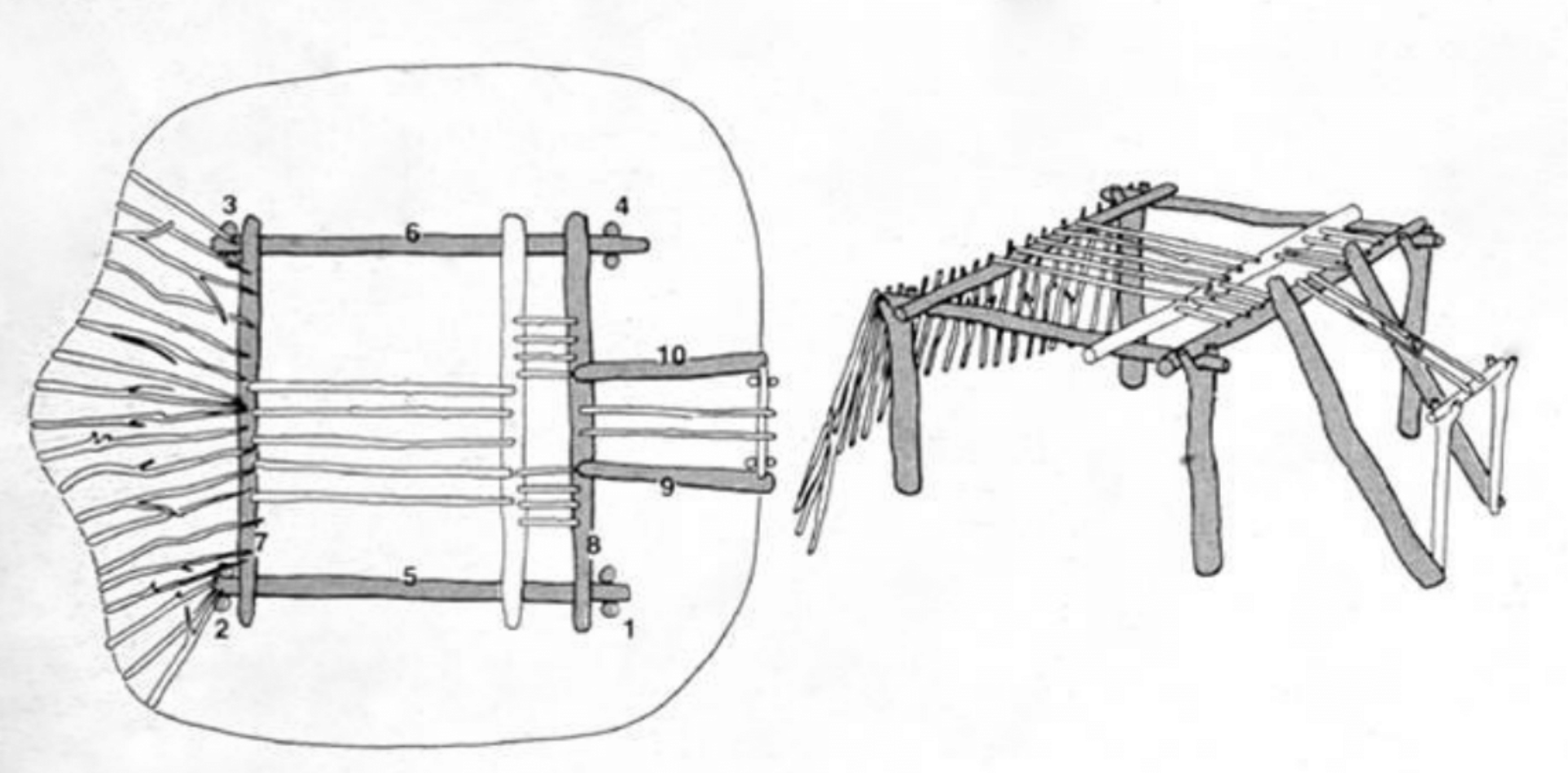
second type of hogan is the log leaning hogan. usually has 6-9 sides. four main posts with small leaning sticks laid against the side
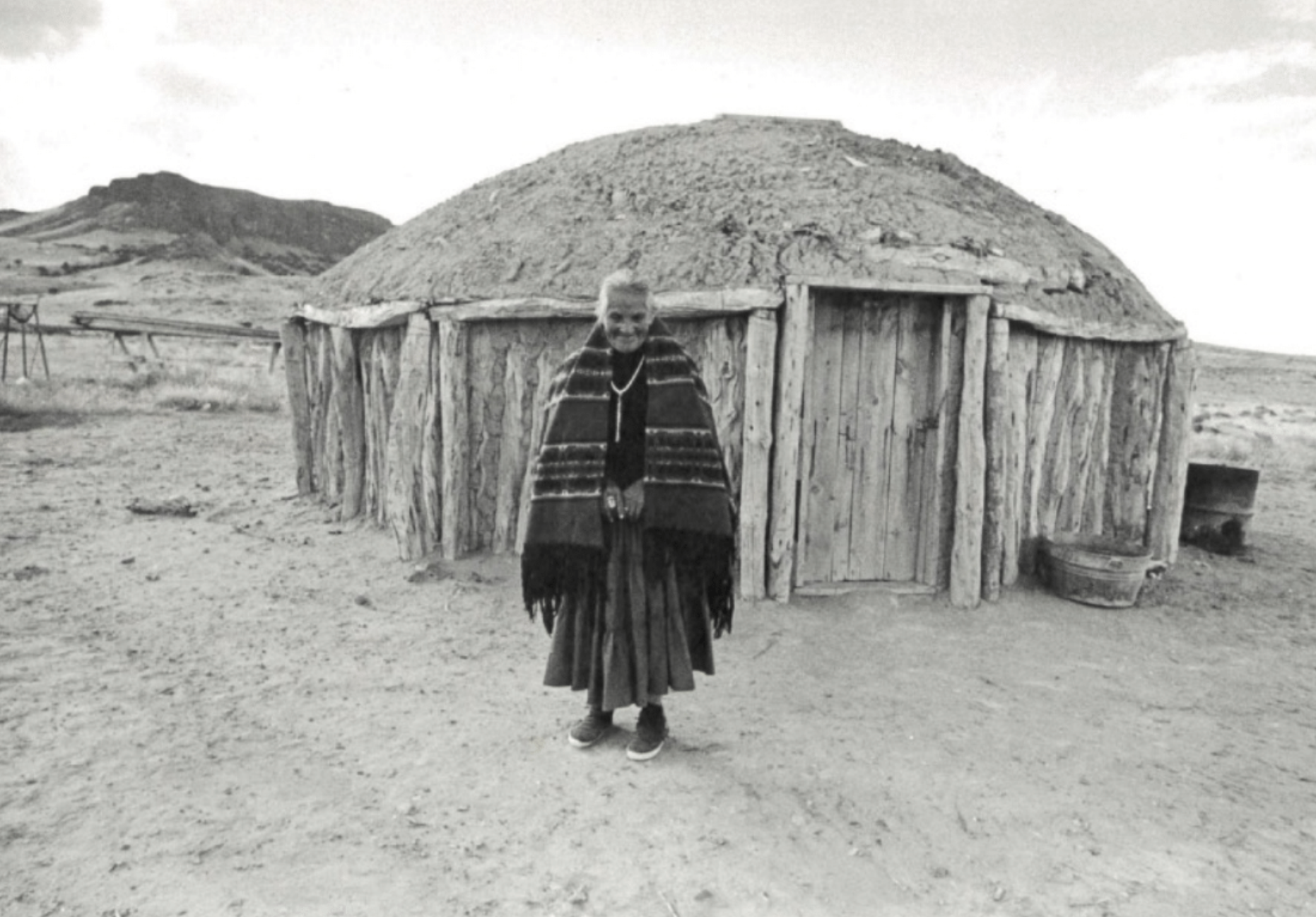
The third type of hogan is the palisaded, or jacal, hogan with a domed roof
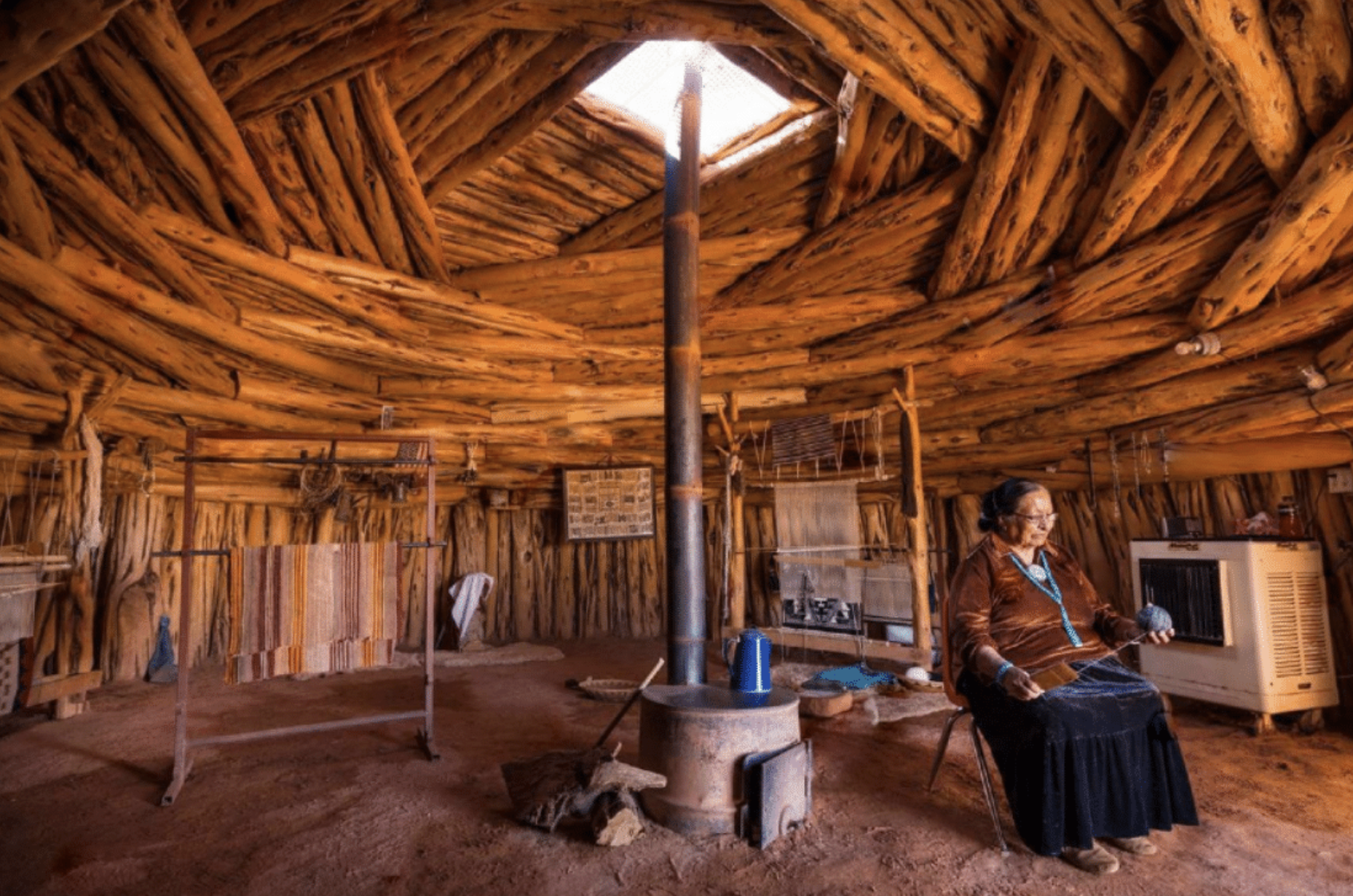
The interior covered with a corbeled dome
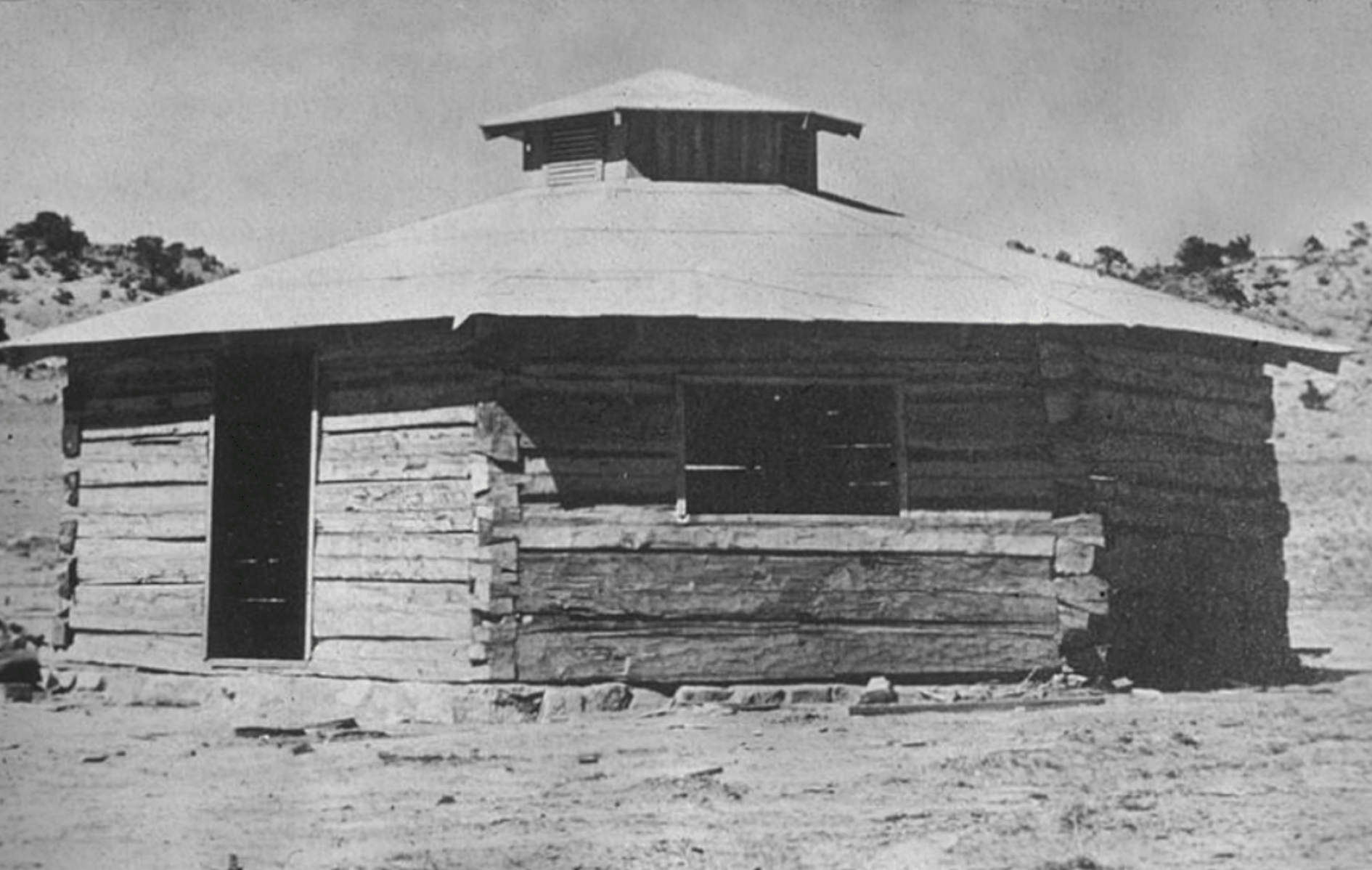
The fourth type of hogan is the hexagonal hogan built of stacked log
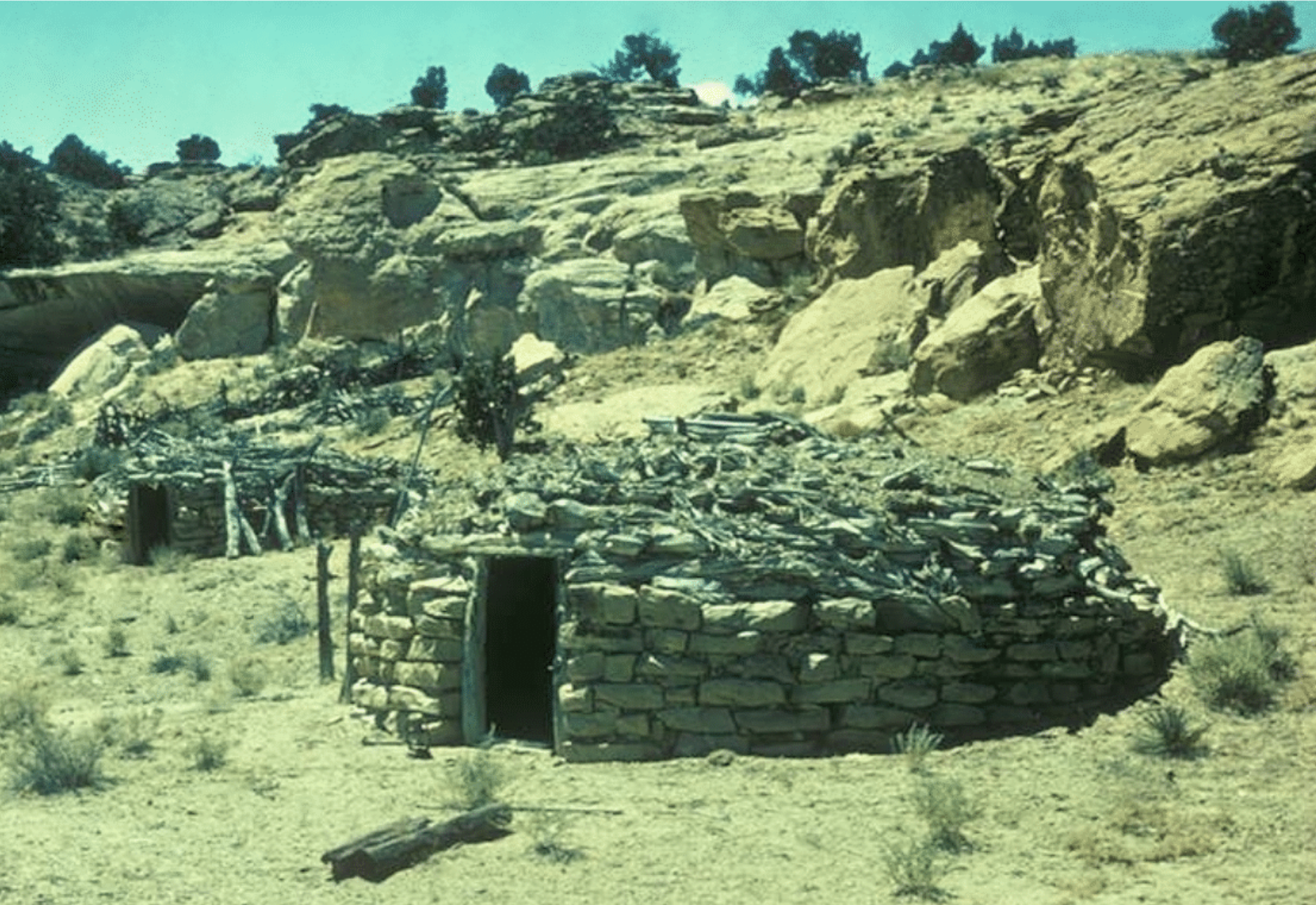
The fifth type of hogan is the stone hogan
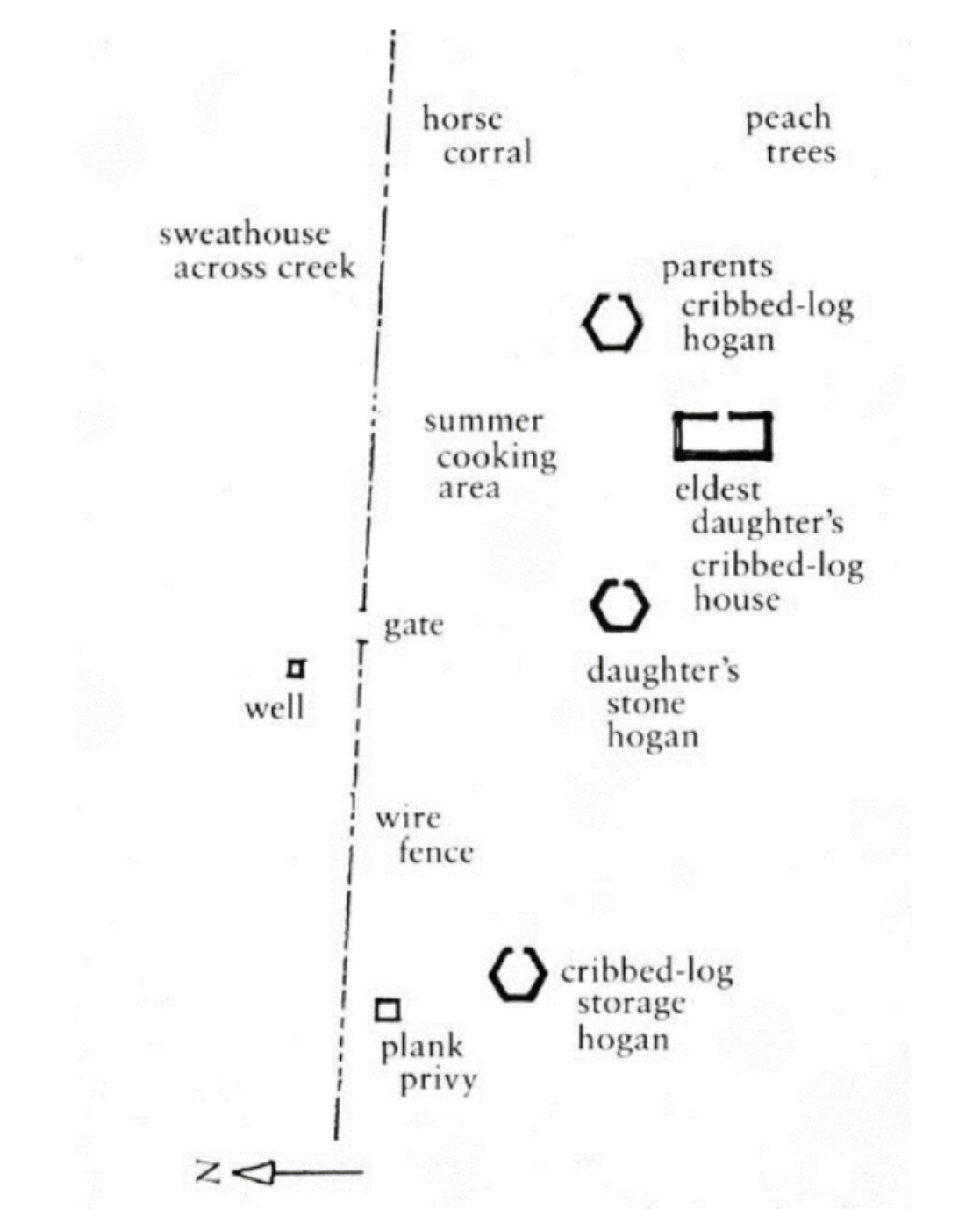
Navajo live in extended family compounds with multiple hogans and modern houses,sweat lodges, corrals, agricultural fields, orchards, and pastures
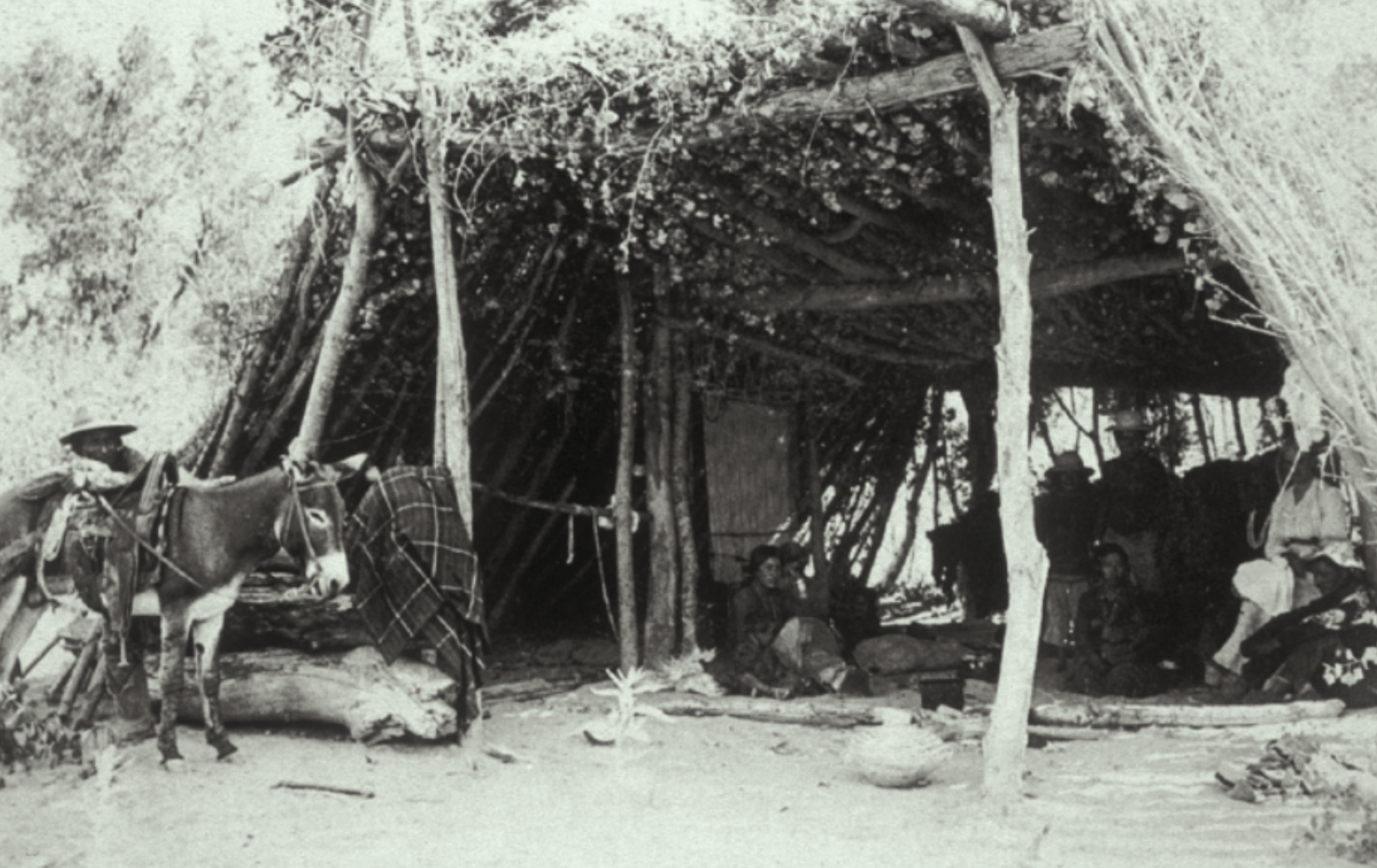
Ramadas provide shade for work out of doors, such as mending clothes,food preparation, and weaving blankets.
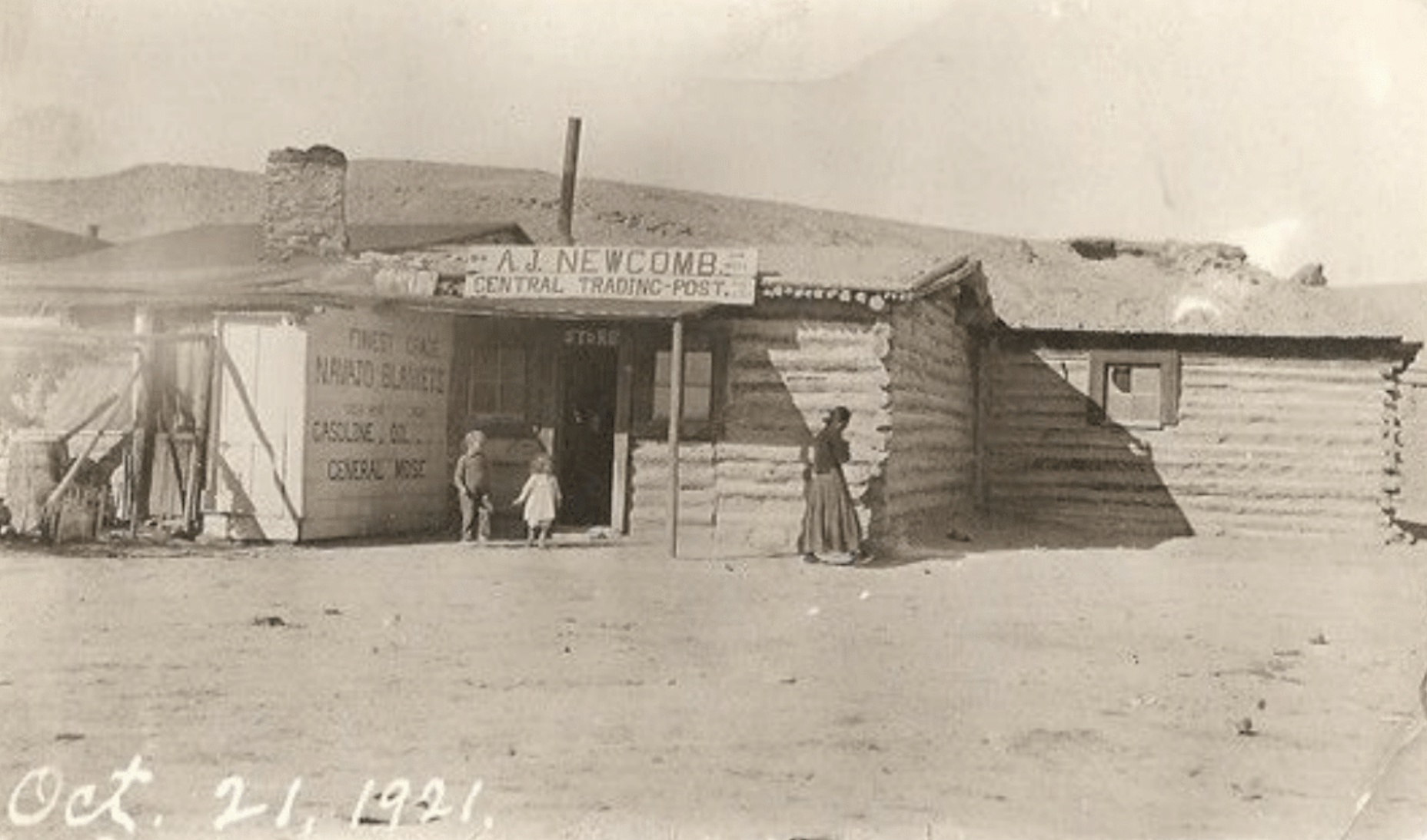
The Haynes Trading Post was one of many that served the Navajo Nation
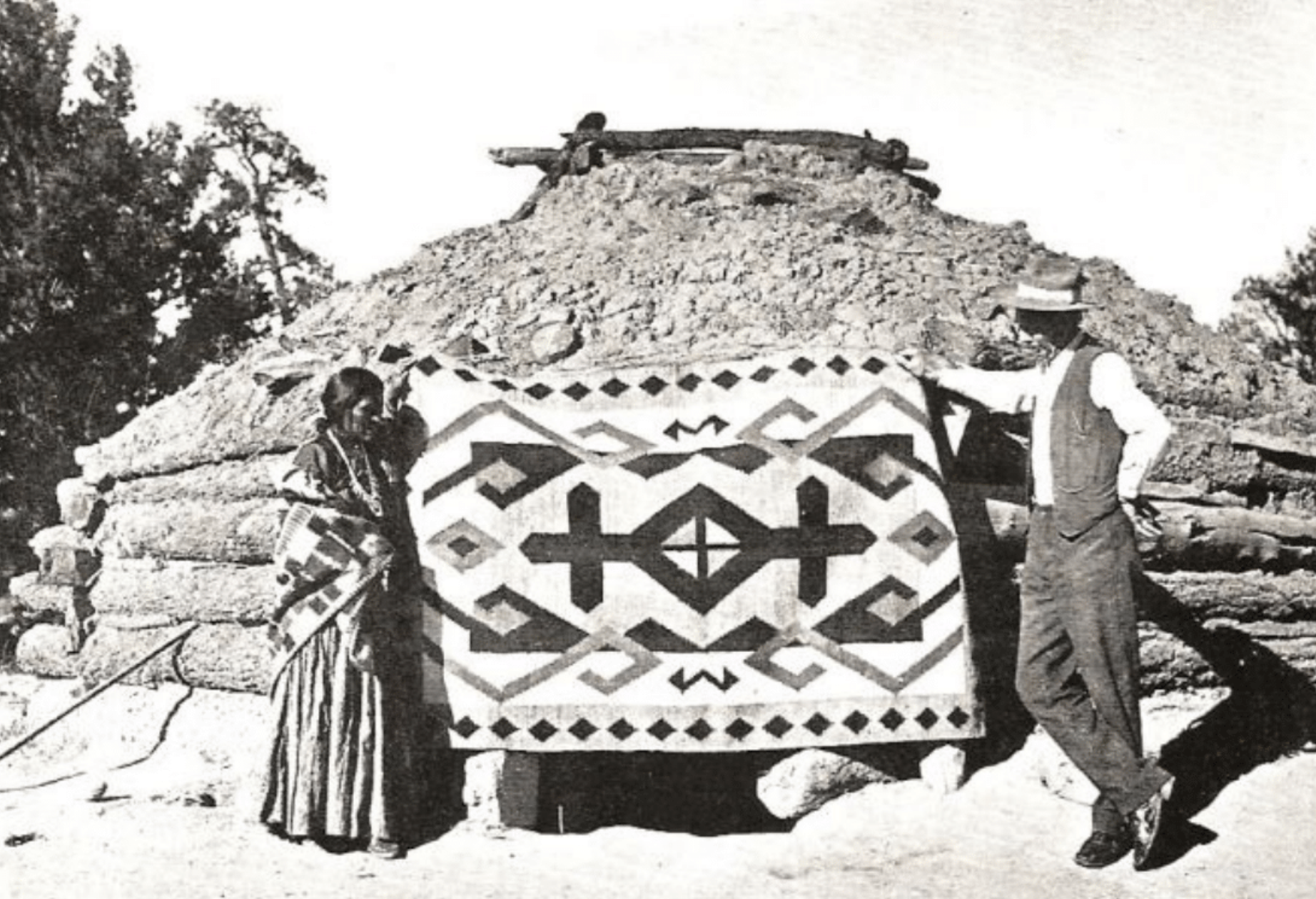
In the 19thand 20th centuries, blankets were the principal commodity Navajos brought to trade.
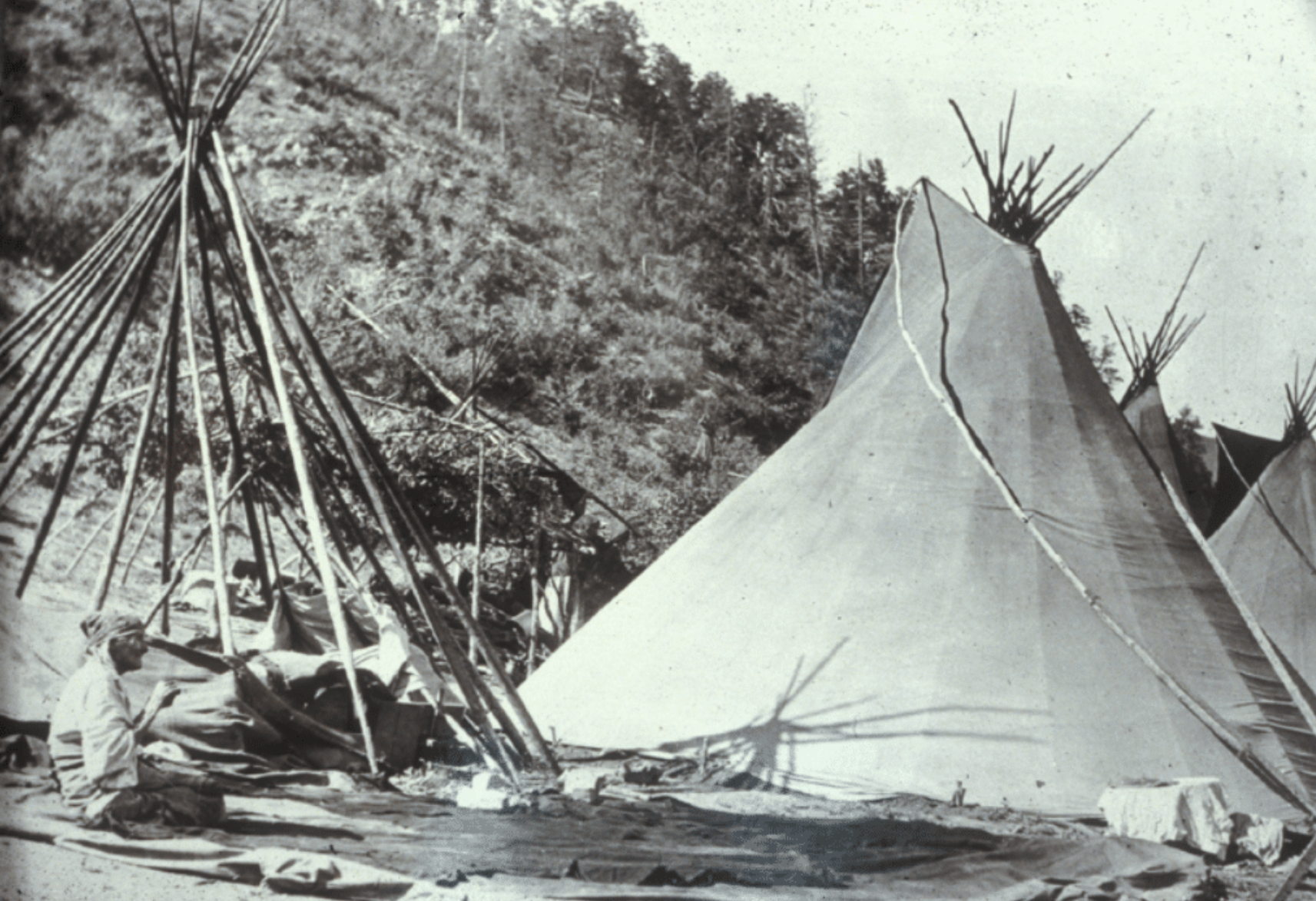
The Plains Apache were nomadic and their dwellings were designed for constant assembling and disassembling. Tipis were supported with wood poles and covered in animal skin, later, canvas covering
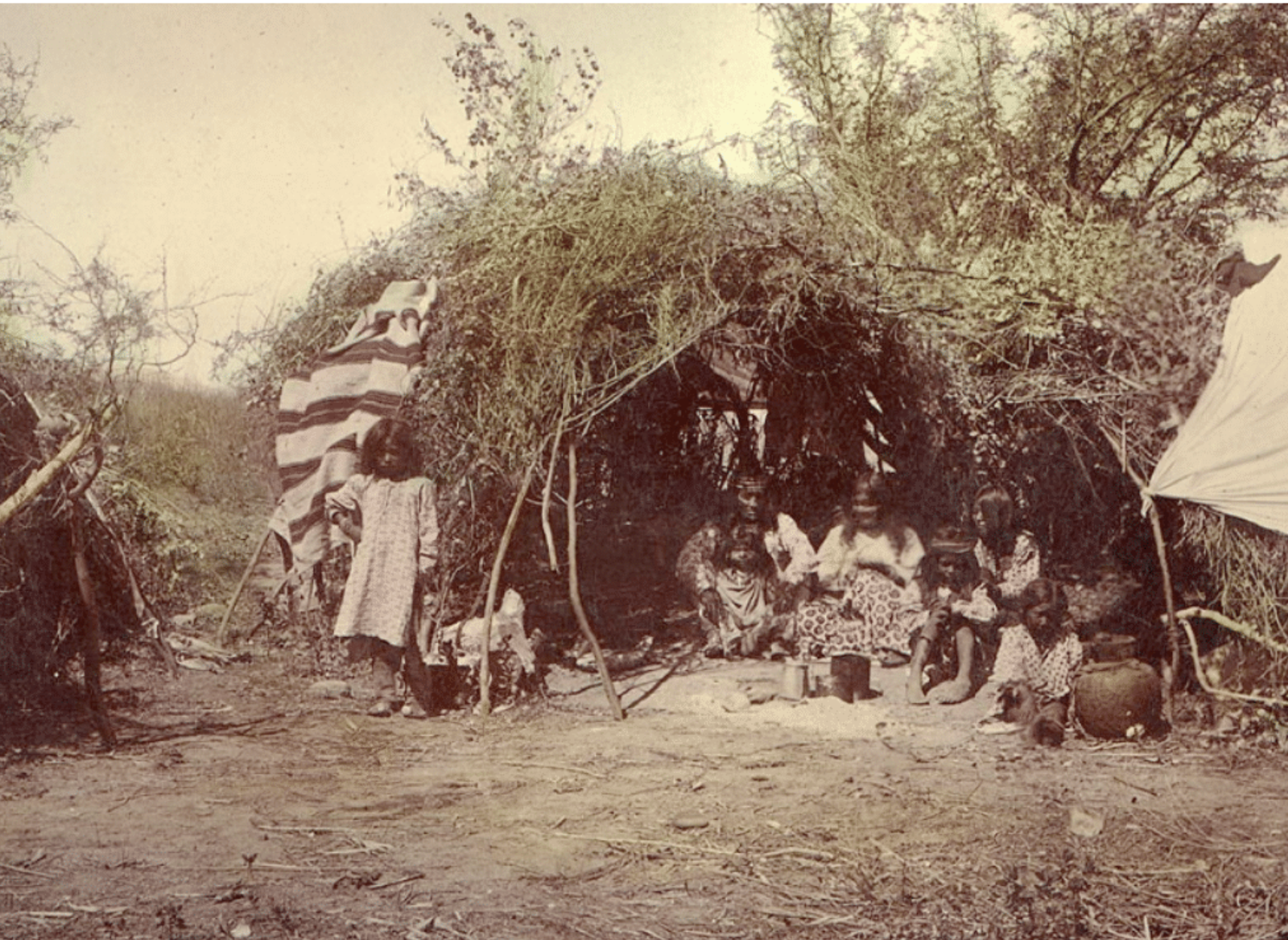
This Apache wikiup is built with a rough frame of bent saplings lashed together to form a domical shape,covered with brush, skins, or canvas. These were used for dwellings and religious ceremonies.